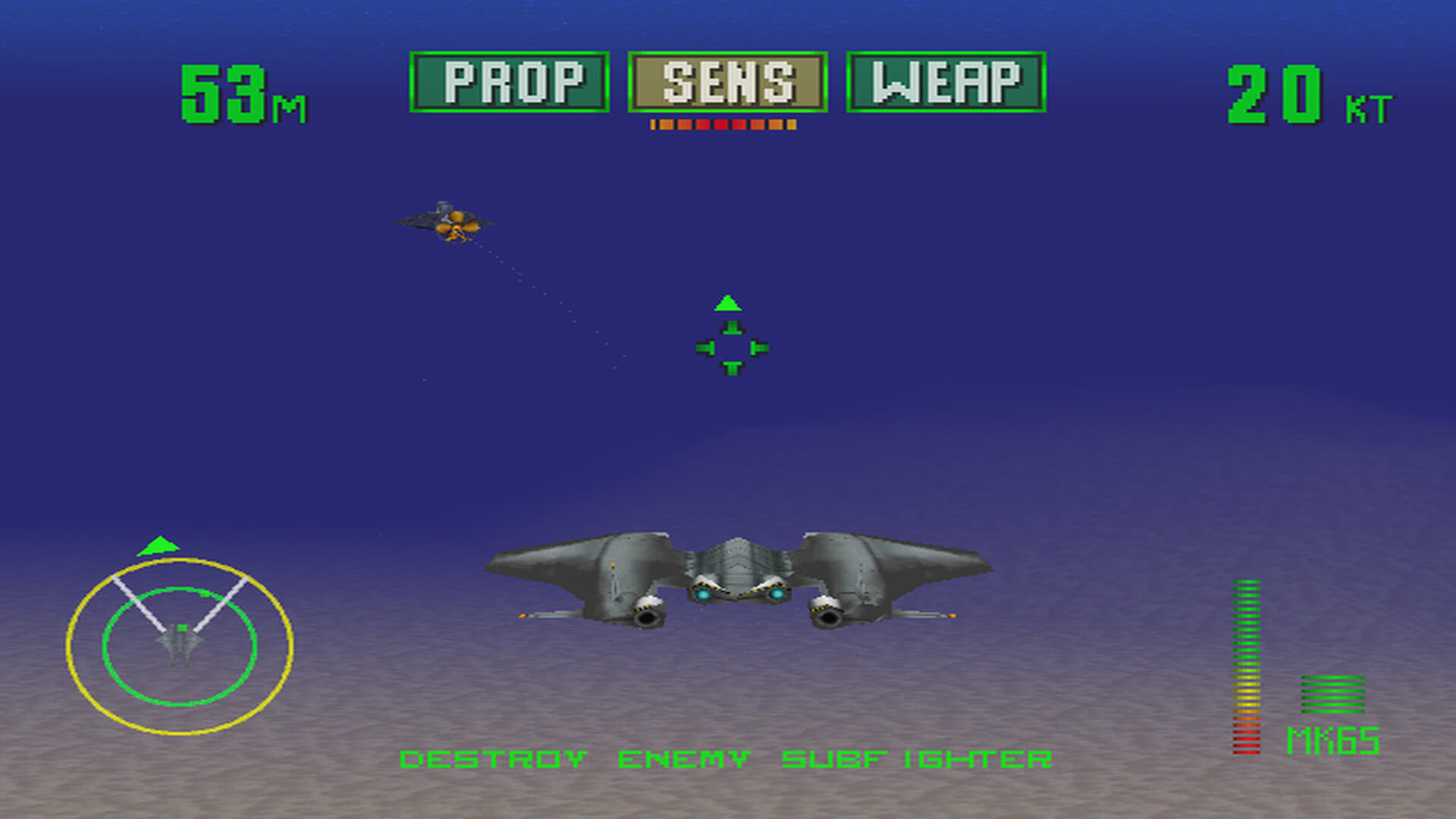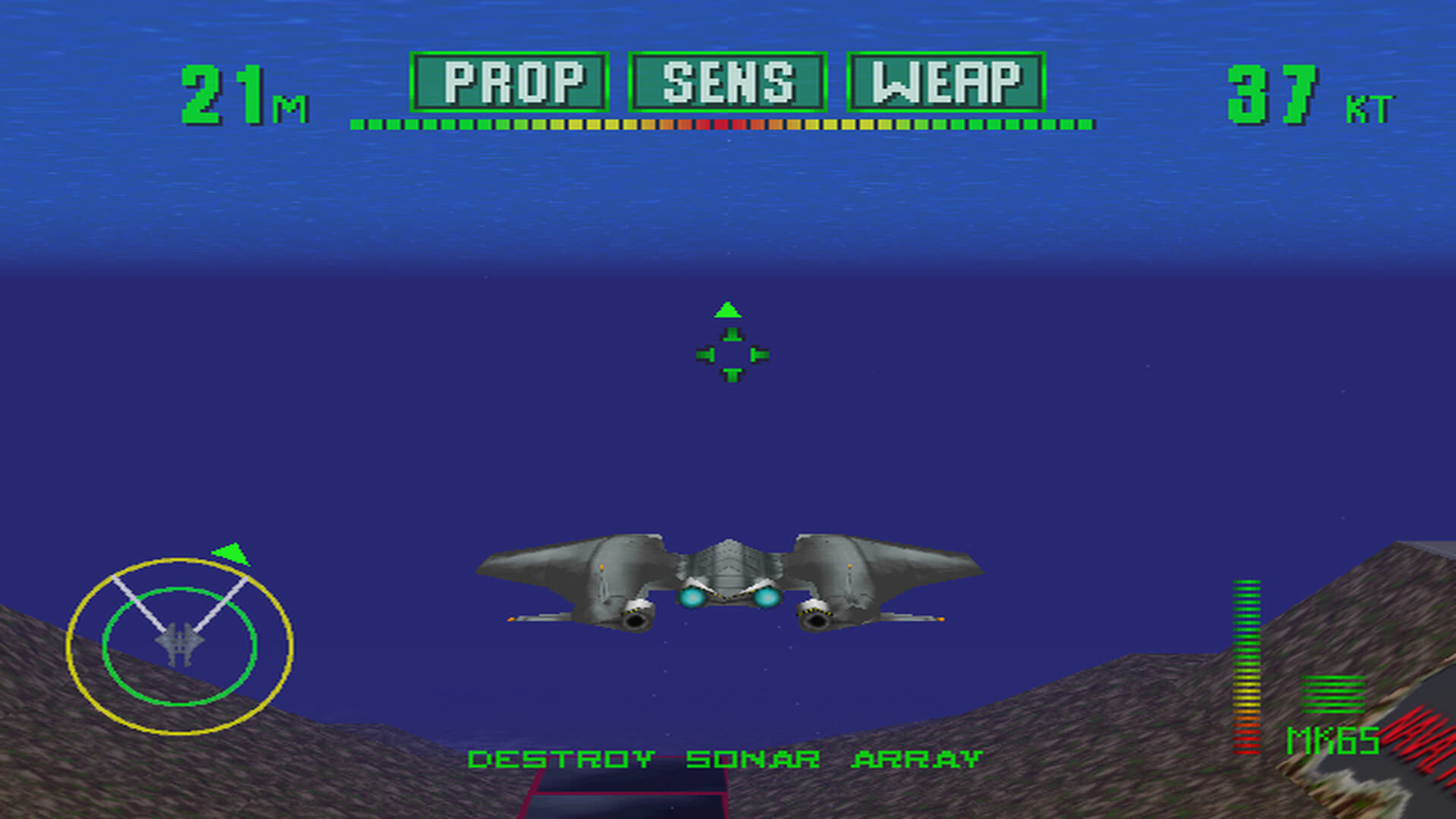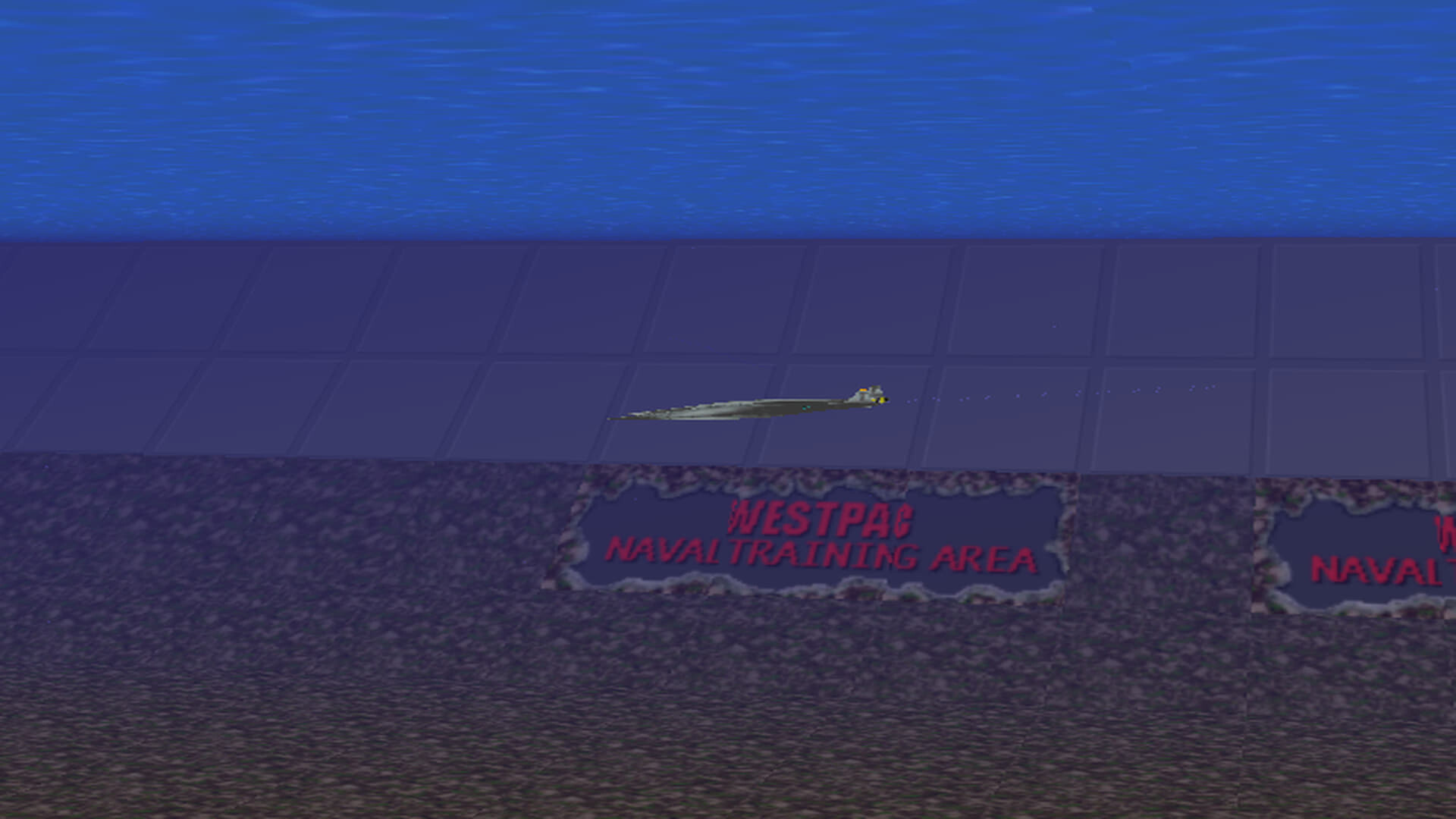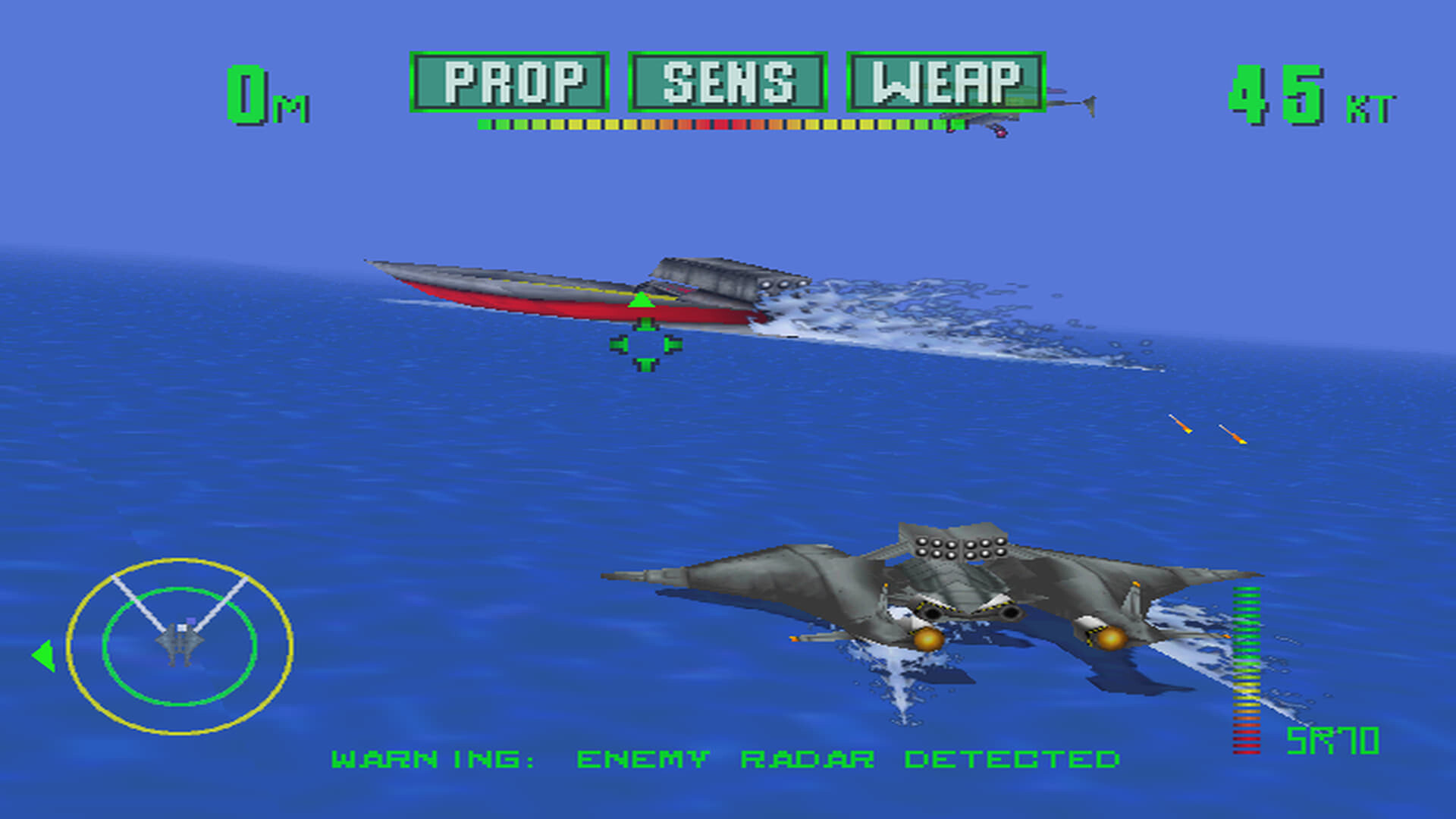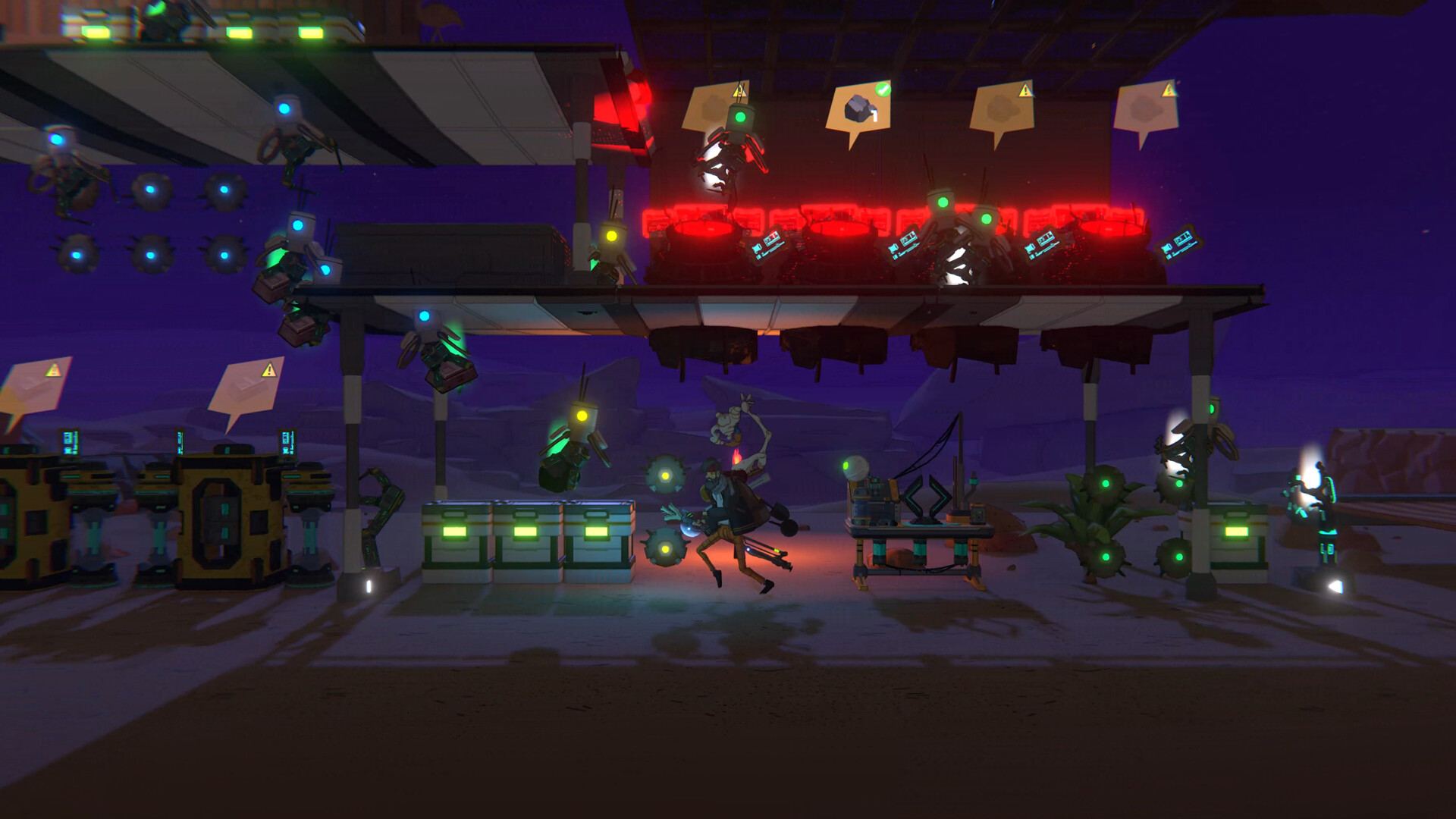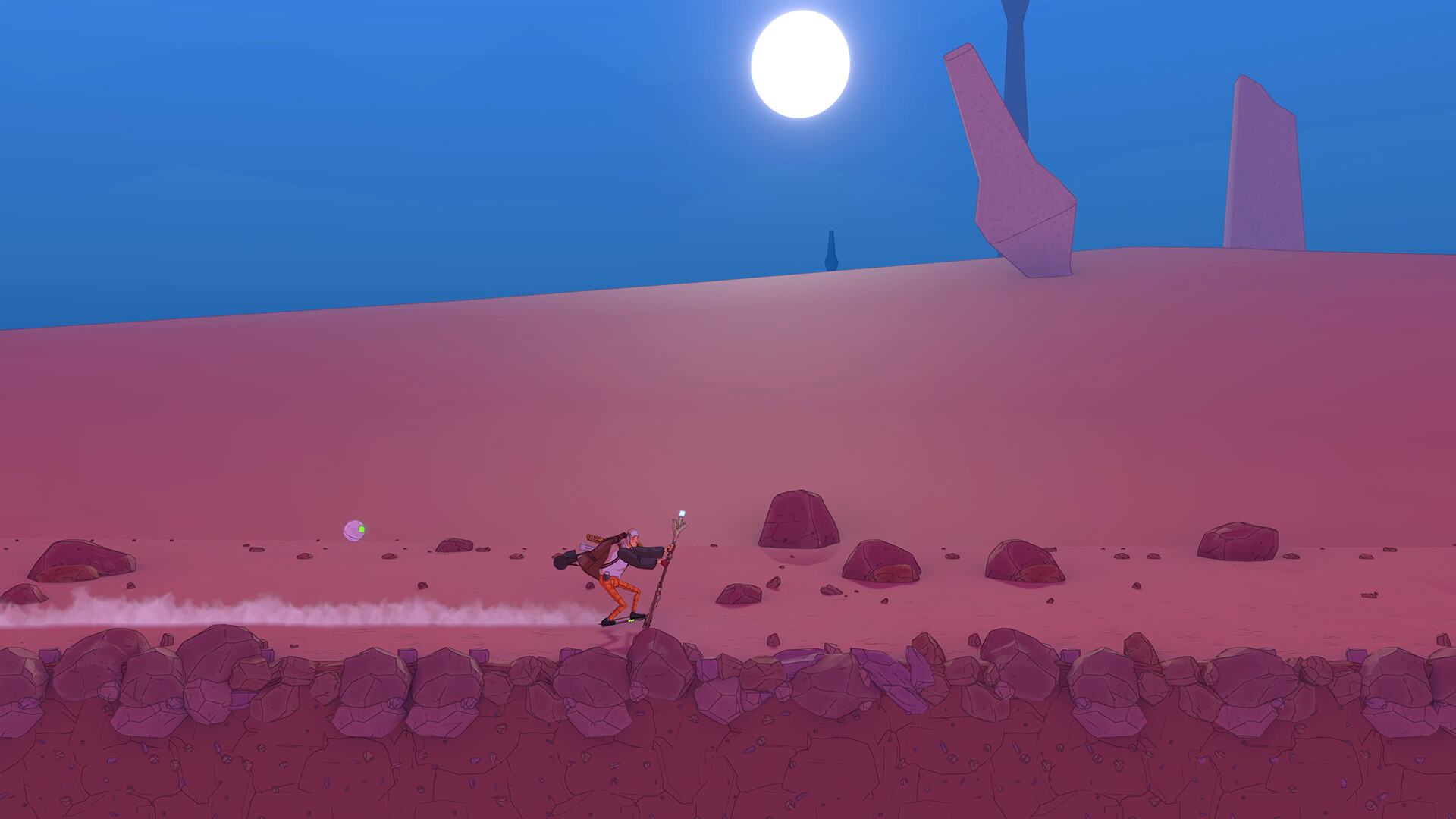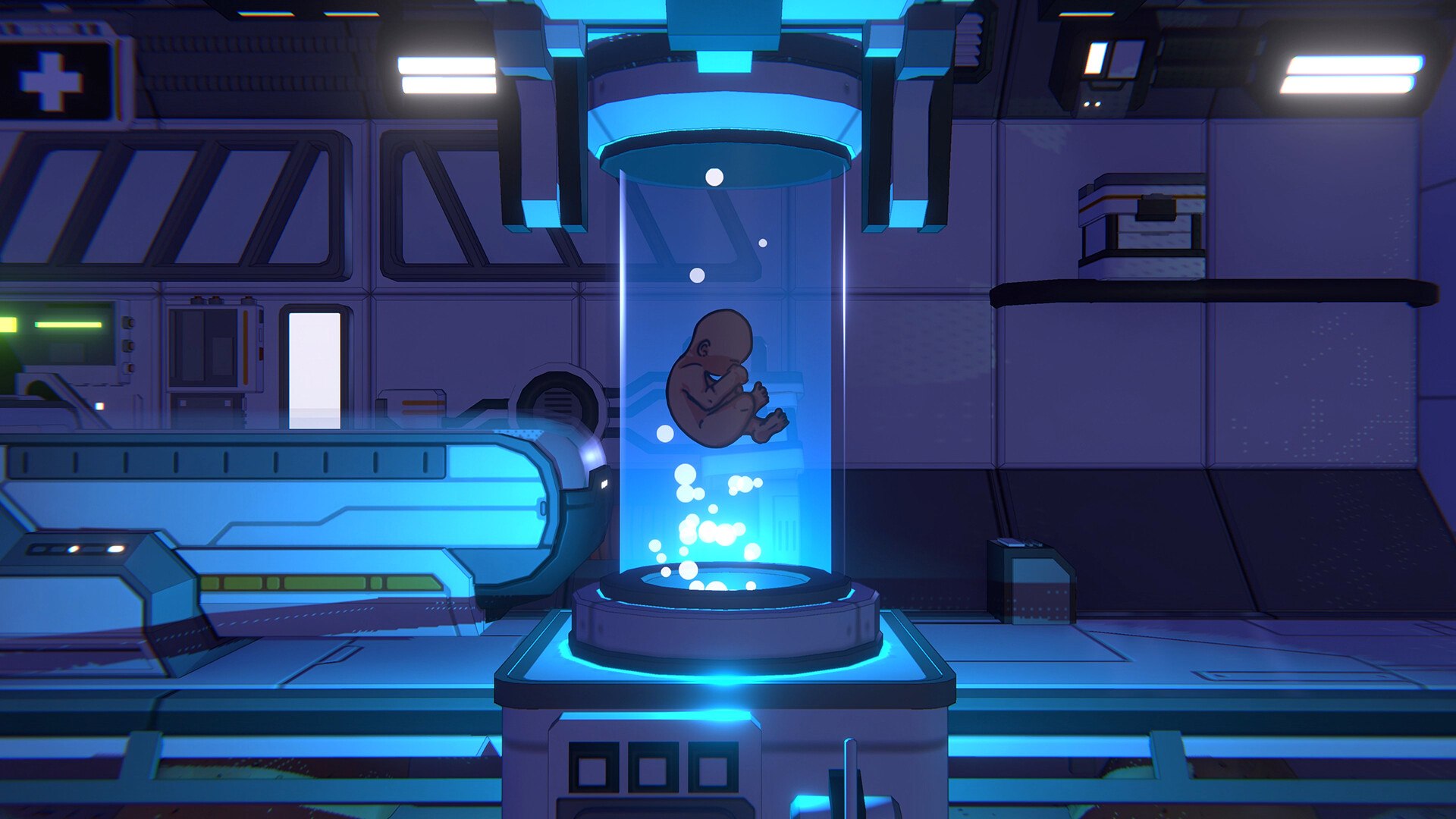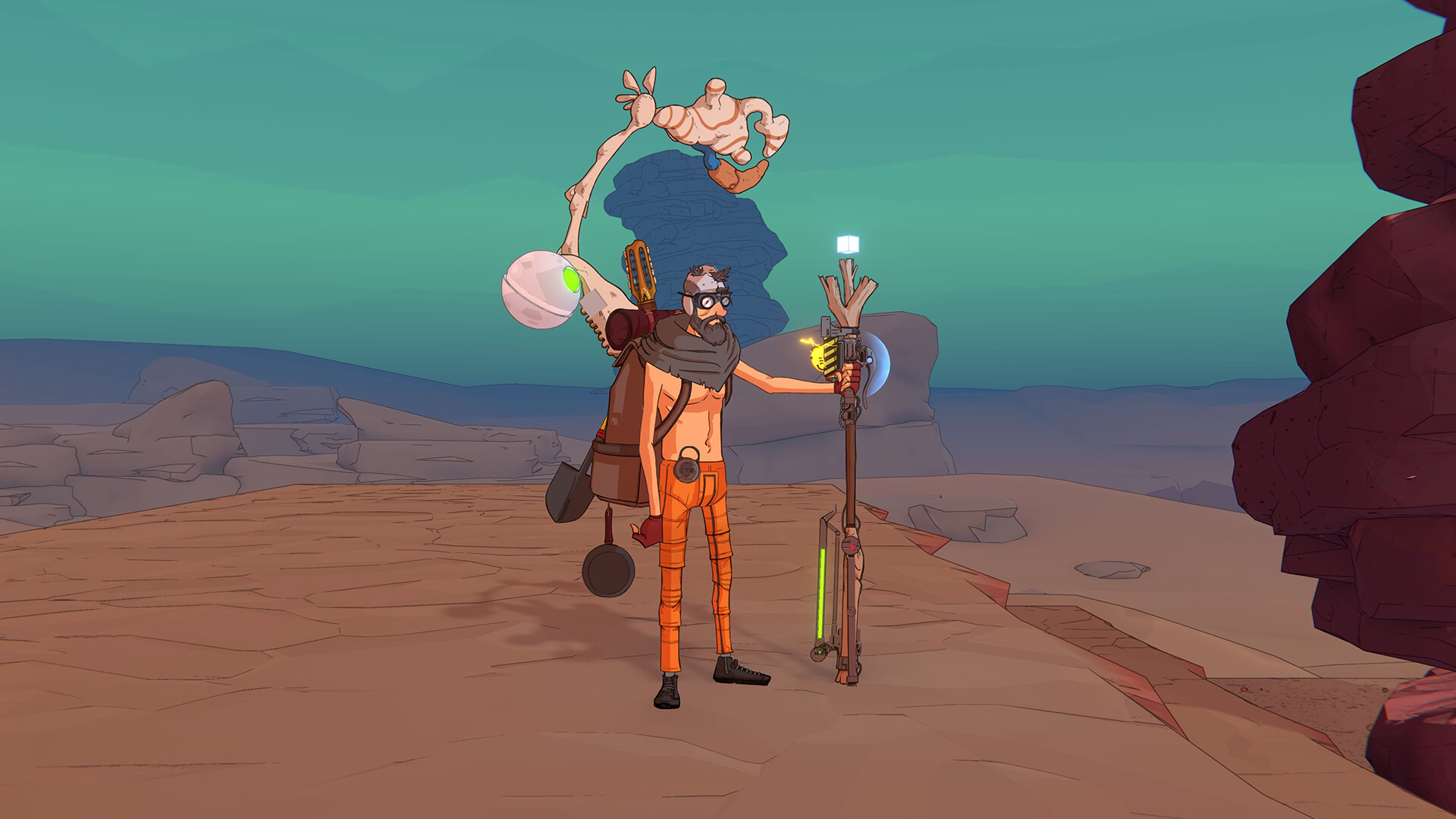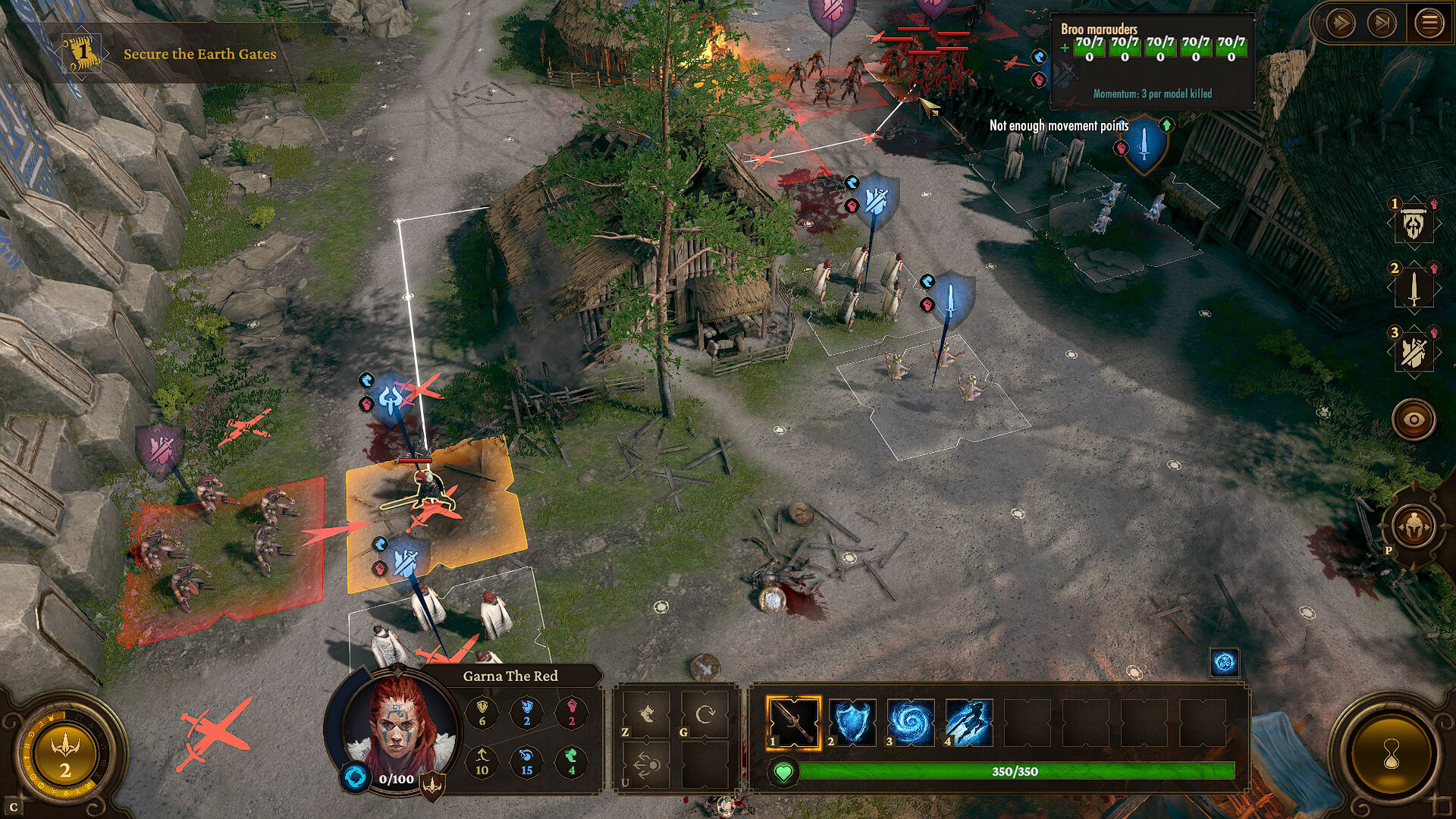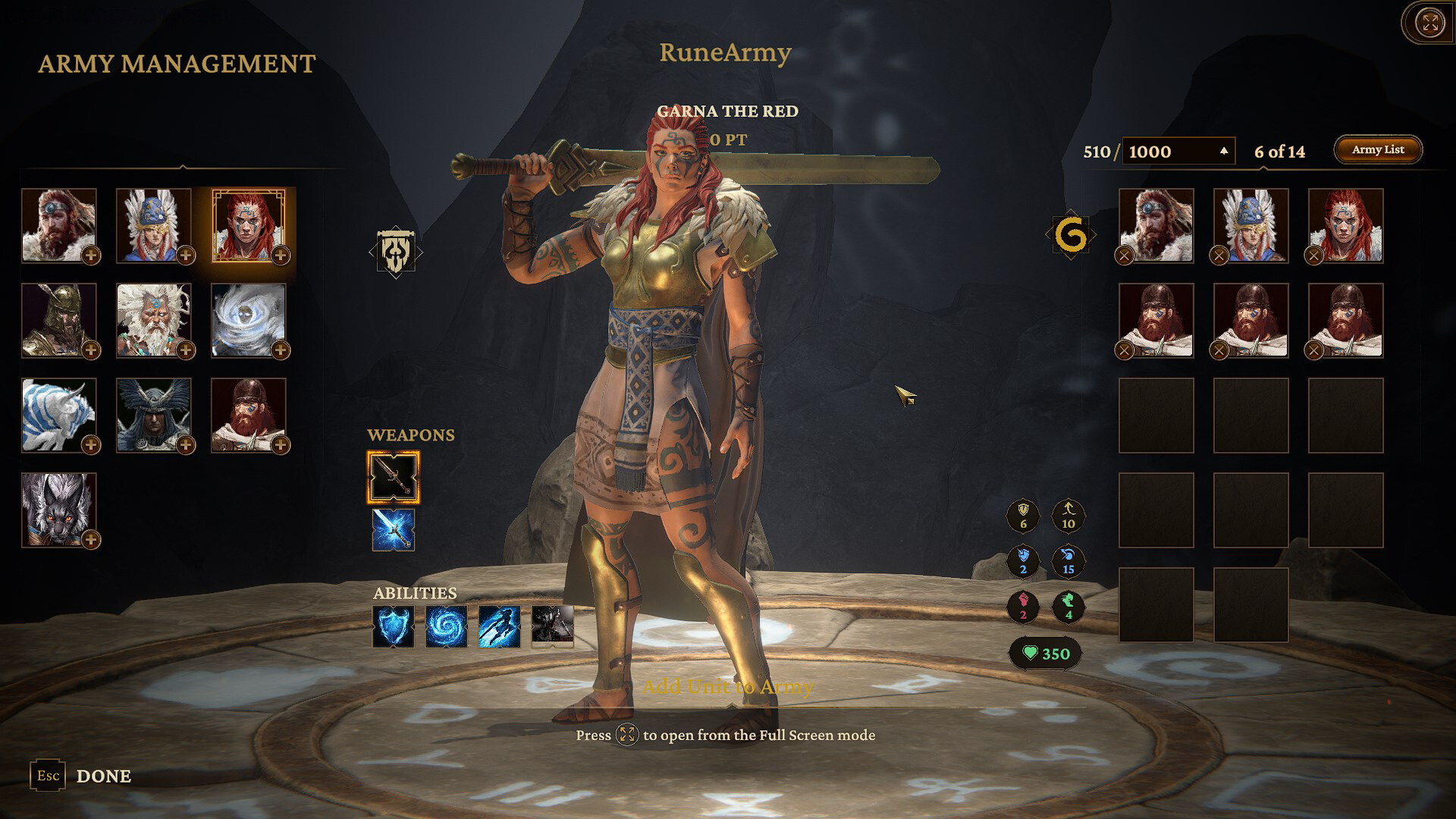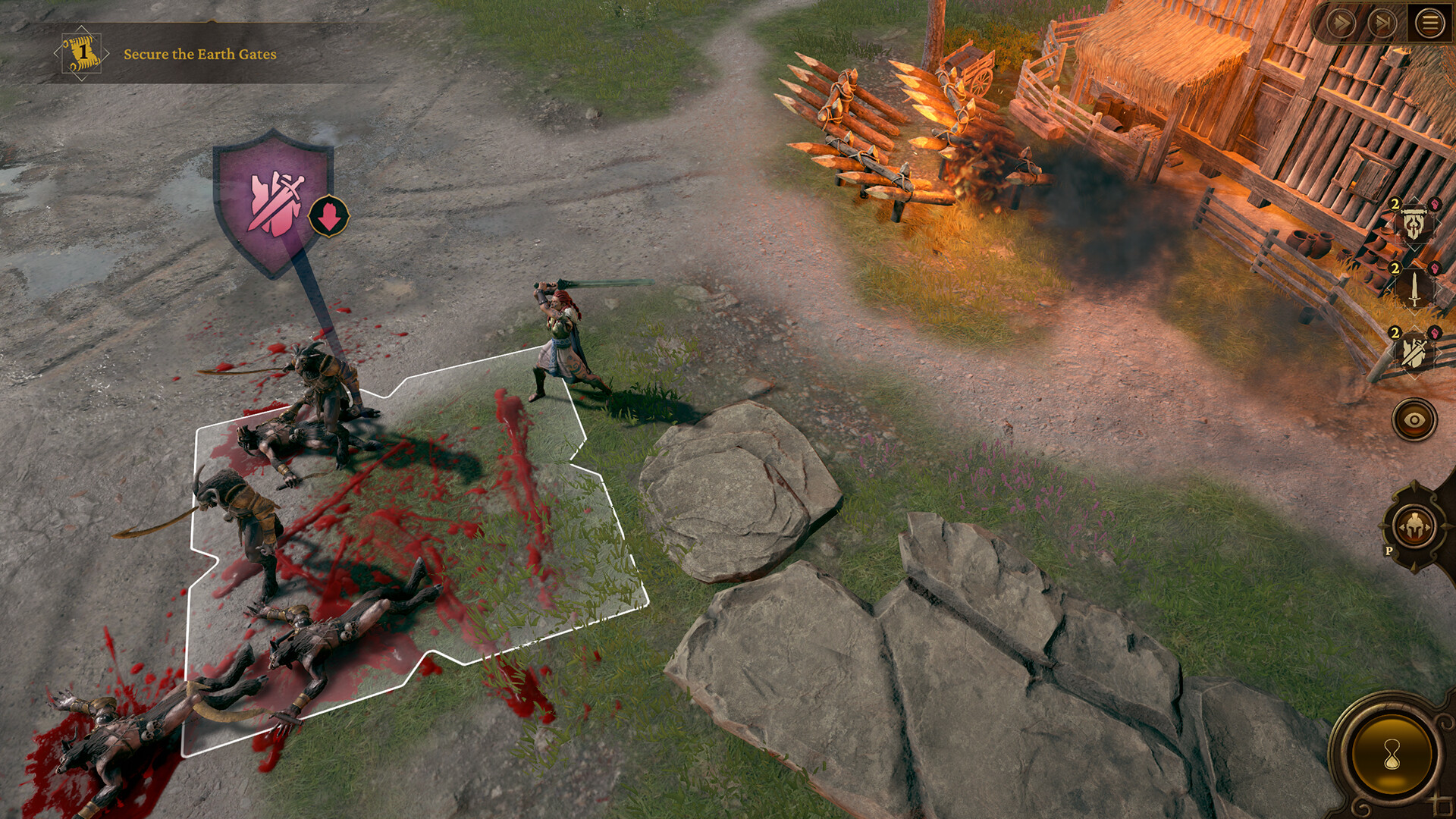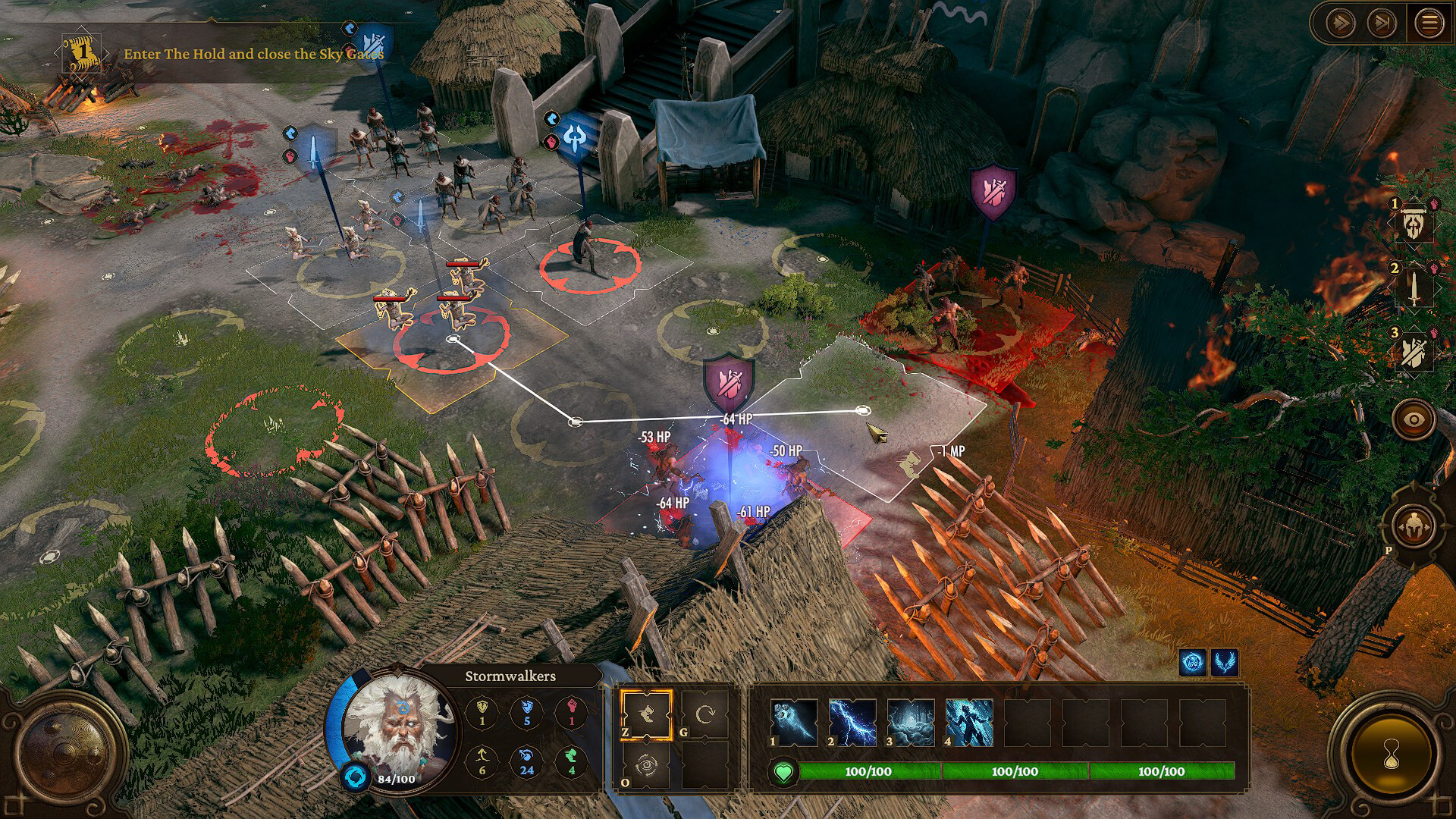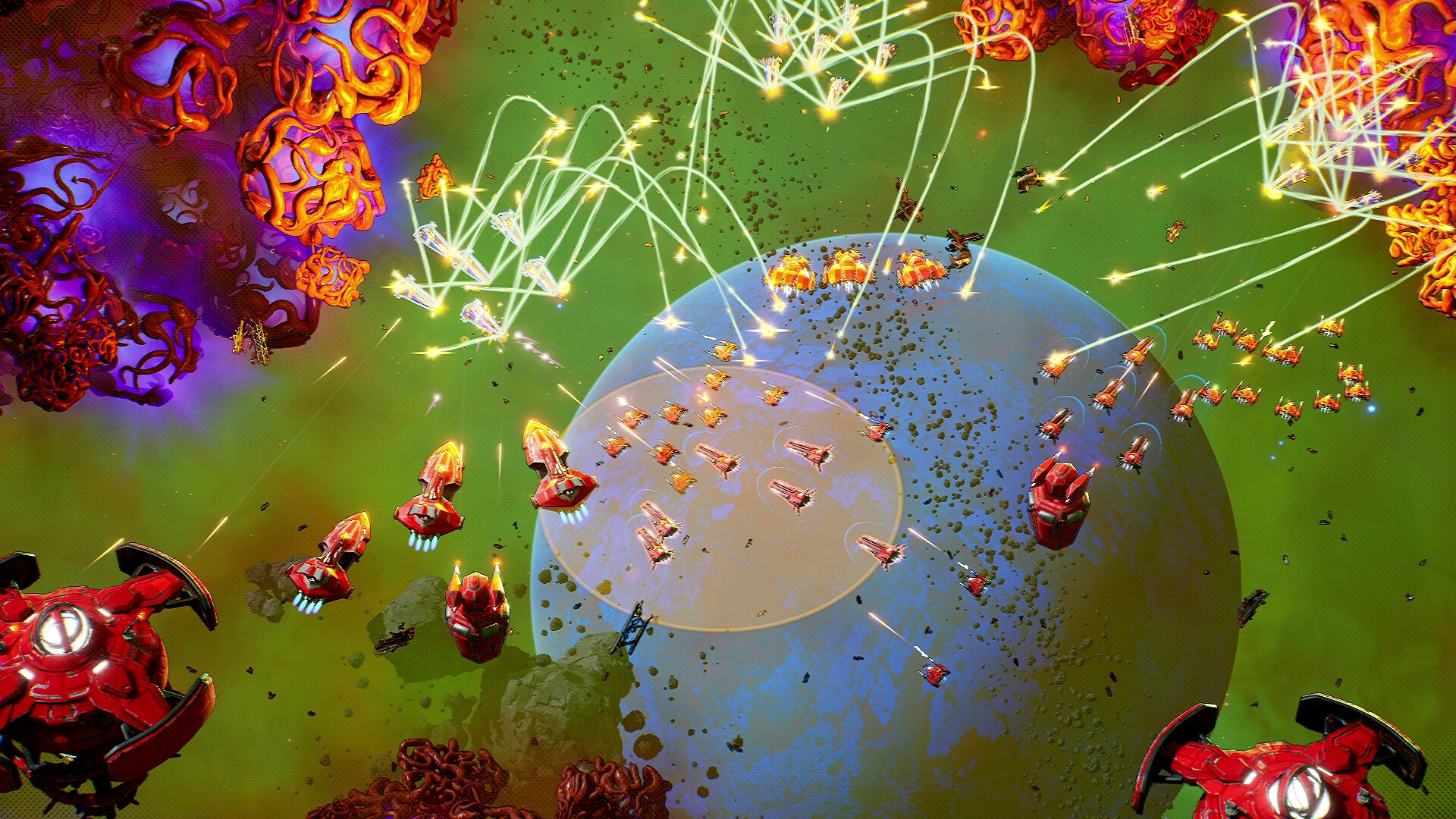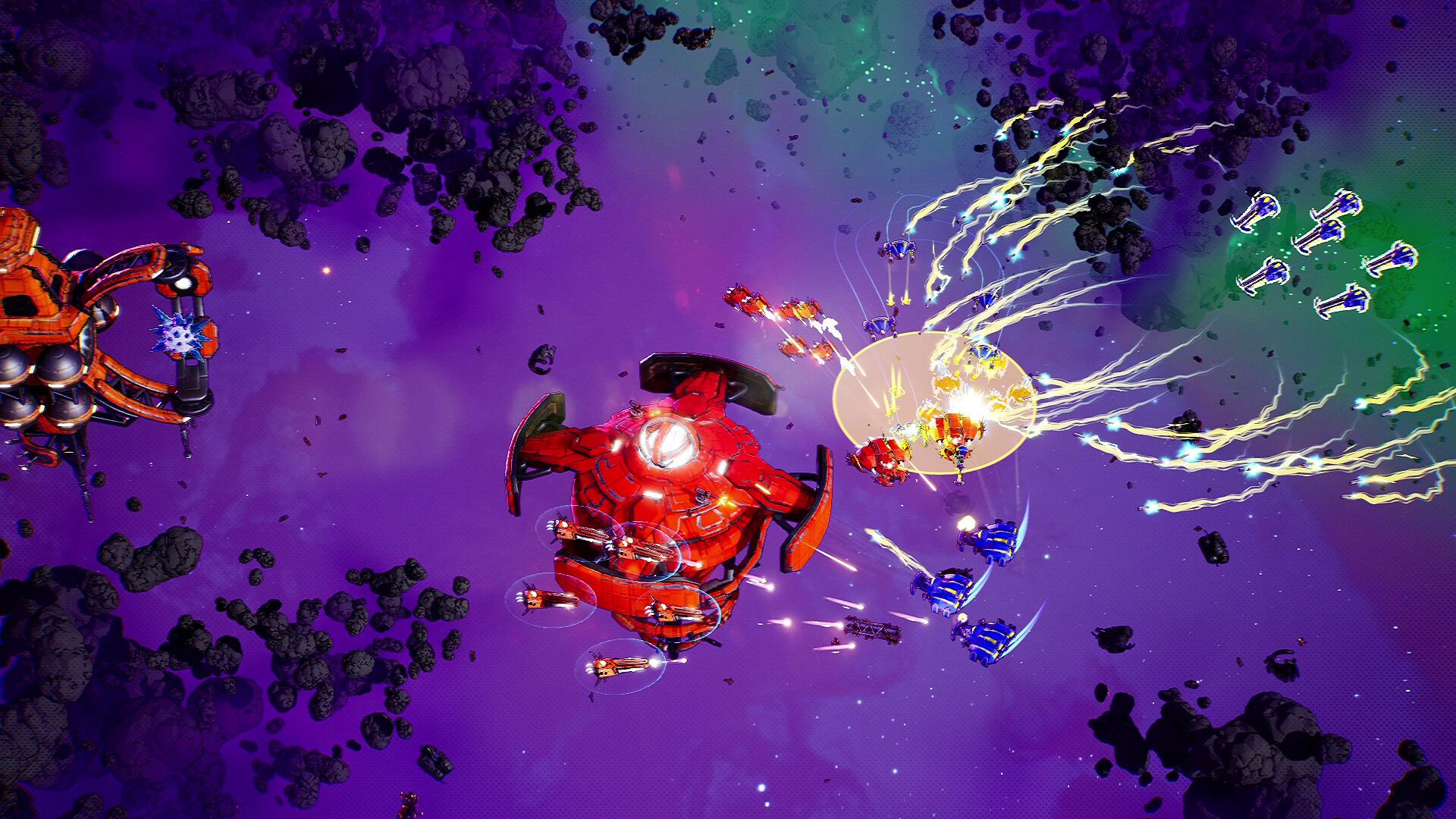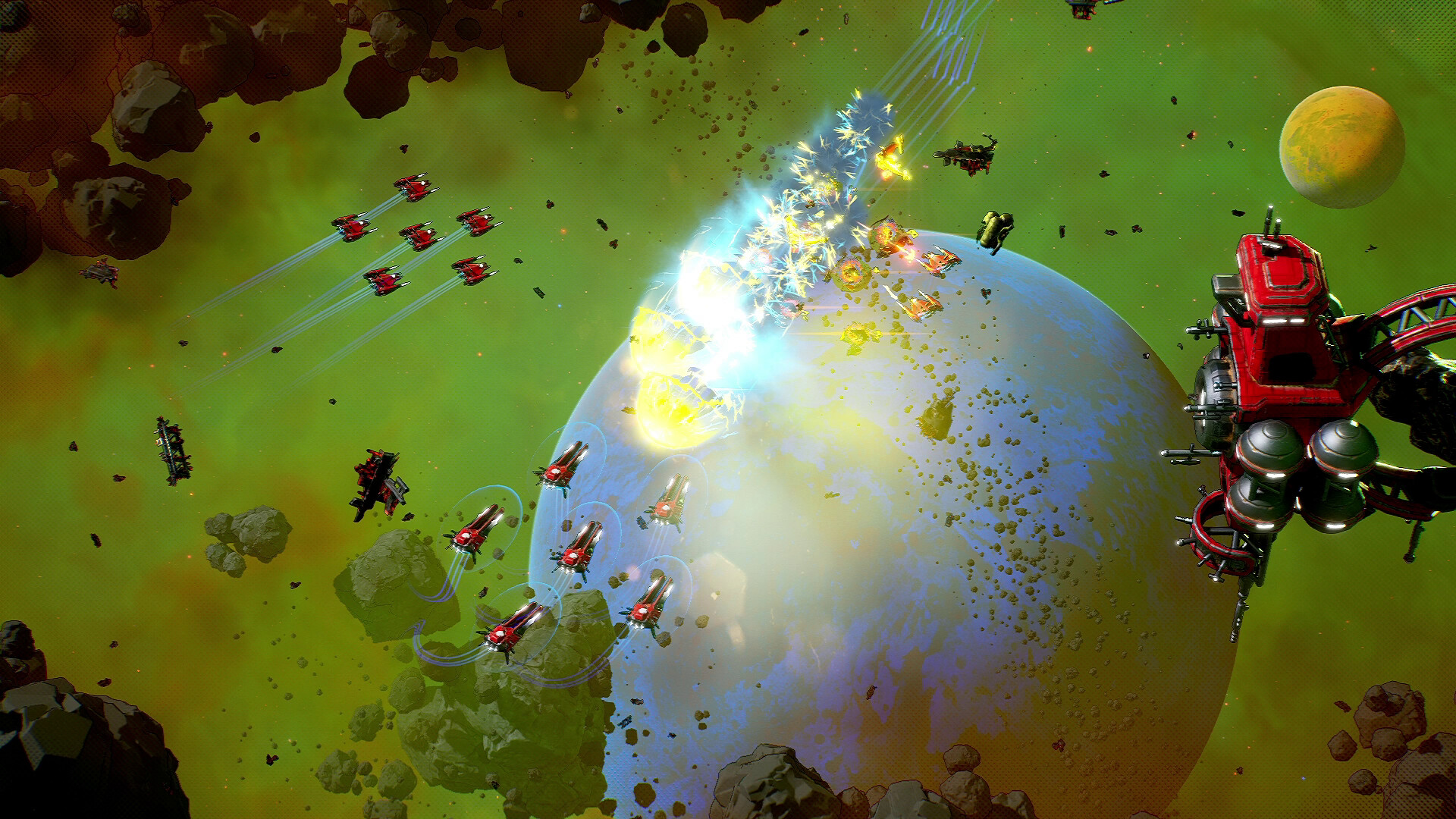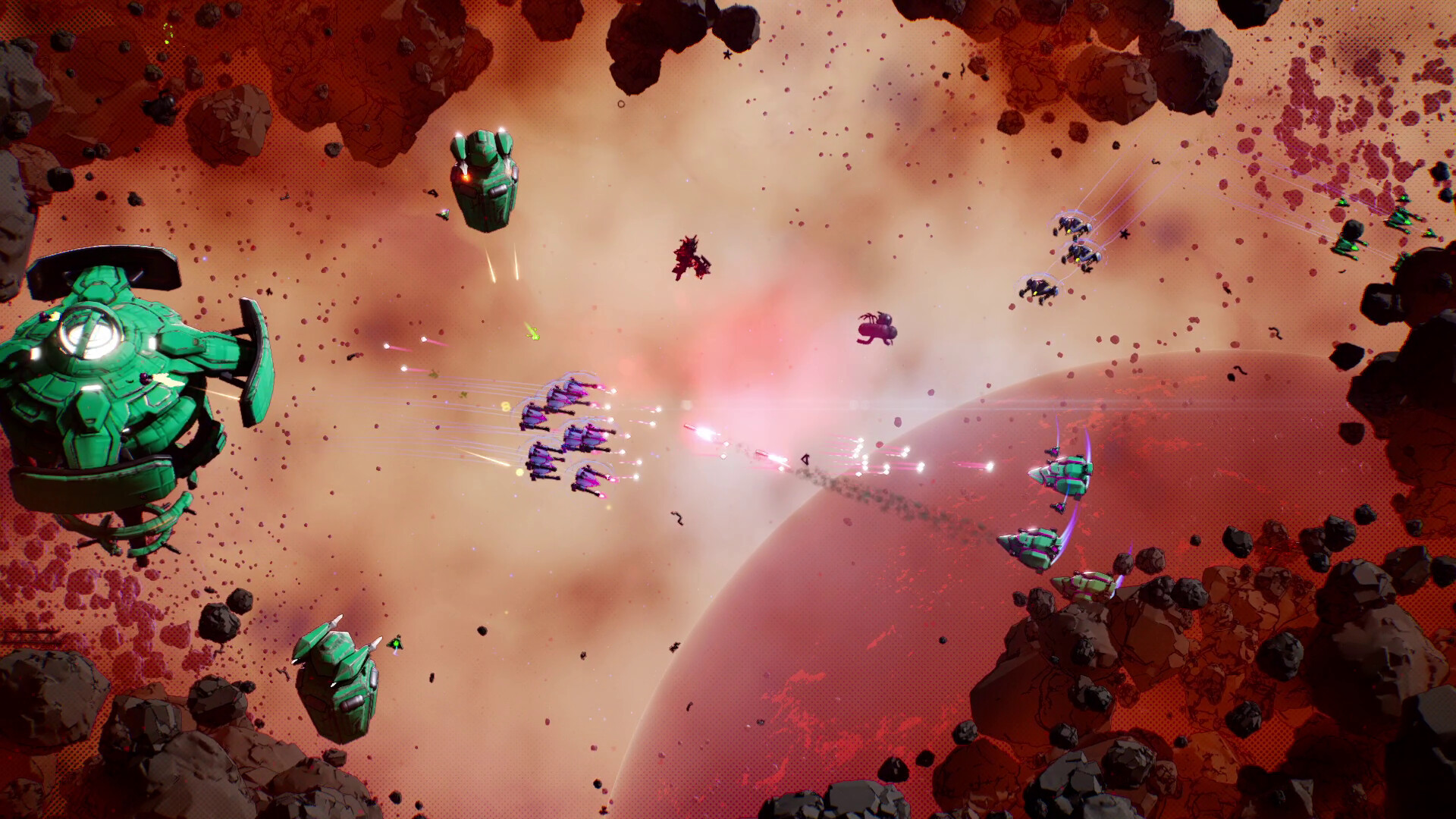1. Different genres have different CCU ceilings. For example, RPGs and action RPGs generally do very well on Steam and hit CCU numbers that are not easily achievable by other games except multiplayer juggernauts and viral hits.
2. CCU numbers at launch are greatly affected by the hype and anticipation a game has managed to build up. Sleeper hits that build hype after launch through word of mouth or big games with weak marketing won't have high CCU numbers.
3. Steam is a much more global platform compared to a games console, in that it has a strong presence in regions that consoles do not. As such, to hit really high CCU numbers a game basically needs global appeal across east, middle and west.
4. Excluding games with really low numbers for their genre and production level (like Concord), CCUs are a better indicator of success than they are of failure. For example, if a full-price singleplayer game hits 100K+ CCUs you can be reasonably confident that it had a successful launch. On the other hand, a similar game hitting low CCUs isn't as clear an indicator of sales underperformance for the reasons discussed earlier (hype, marketing, word of mouth, genre etc).
Now, for Indiana Jones specifically, the number does seem rather low but there are a number of caveats. There wasn't much hype before release, the game had a staggered launch with the early-access version and it was on Game Pass day one. It is quite possible that good reviews and word of mouth will lift the game to meaningfully higher sales than launch CCUs would suggest.
How would we be able to tell if Indy has legs on Steam? Since it is a roughly 15-hour singleplayer game, if the CCUs we see now don't drop that much in the next two weeks then that would most likely mean that new buyers are coming in and keeping the CCU number up as others finish the game and move on.











